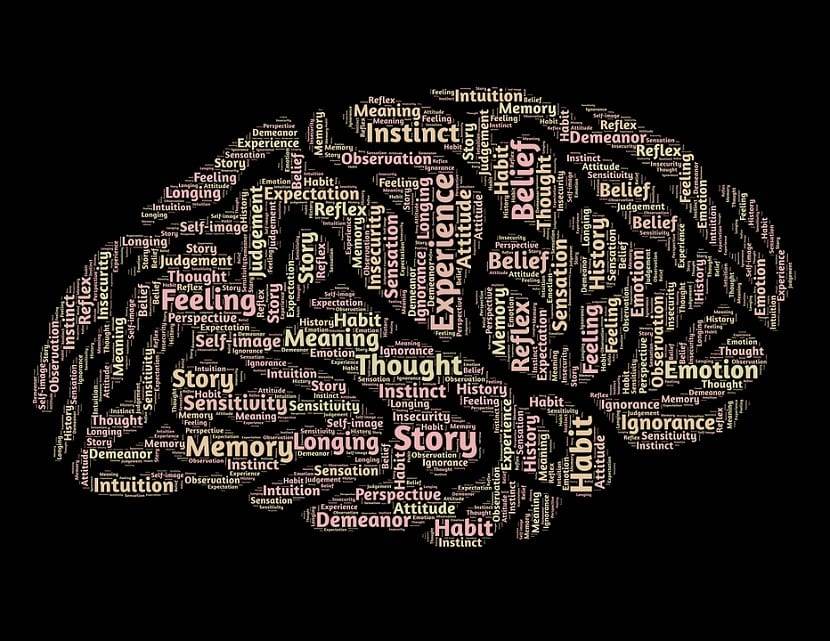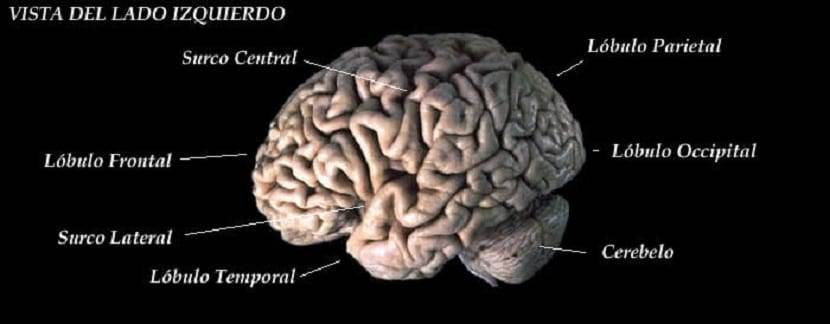
Broadly speaking, it can be said that the human brain is the most complex organ in the entire body. It has control over the rest of the body since it is the central organ of the nervous system. So it is not surprising that it has numerous functions to execute, since it is responsible for maintaining the functions of the body but also of the mind.
If you control both actions and reactions, it is worth mentioning the parts of the brain. Because all of them have a function as well as a leading role worth mentioning. It is also one of the most studied organs, so we are going to mention both its parts and its main characteristics.
Main characteristics of the brain
First of all, it is worth mentioning that the brain is the center of the entire body. One of the major organs of the nervous system, which is also responsible for both memory and speech or thinking. It must be said that the brain is a part of the brain, although sometimes we mention it in the wrong way. The brain is said to be made up of about 100 trillion neurons, each of which is connected to many others. Without a doubt, neurons are the basic unit, or cell, of it. They are combined to store memories and increase memory capacity. As a curiosity, the weight of the brain is close to 1300 grams. Although studies also mention that when we turn our birthday, the weight decreases slightly by a couple of grams.

Parts of the brain
Since we have said that the brain is part of the nervous system, it should be noted that the latter is divided into two parts. He central nervous system (brain and spinal cord) and by the peripheral nervous system (motor and sensory nerves). But since we don't want to get too involved, we return to the brain, which is divided into two hemispheres (the right and the left). Both are communicated through the so-called 'corpus callosum', while the surface part is called 'cerebral cortex'. Knowing these first divisions, let's see all the remaining parts of the brain.
Brain ventricles
The brain has 4 cerebral ventricles. All of them are perfectly communicated with each other and filled with a liquid that has the name, 'cerebrospinal'. The ventricles are cavities that are located along the hemispheres.
Lobes
- El frontal lobe It is an area or area of the cerebral cortex. It can be said that we will find it in the anterior part of the brain. They are only developed by humans and the most complex animals.
- El parietal lobe It is found in the lateral and middle areas of the head. In this case, it is an area that receives both heat and cold as well as pain and even balance.
- El Occipital lobe Who is receives all visual information, that is, they process the images. They are in the back of the brain, so it is not so easy for them to have some injuries. Although the truth is that when there is a severe trauma, they could be affected.
- El temporal lobe it is just in front of the occiput, in the area of the temples. One of its main functions is face recognition. Although it also deals with language, trying to decipher the information that is heard. On the other hand, it keeps anxiety or anger at bay.

Thalamus
Almost in the center of the brain we find the Thalamus. All the sensory-type stimuli, pass through the thalamus before reaching the brain. Well, all except smell. It is 3 centimeters long and is made up of gray matter or neuronal bodies.
Hypothalamus
In this case we are facing a region a little smaller than the previous one. Although also formed by the same gray matter that we have mentioned. The Hypothalamus is located just below the Thalamus. It is one of the most important parts of the brain such as maintaining body temperature, releasing hormones, balance in eating, etc.
The basal ganglia
They are a set found at the base of the brain. These nodes are associated with all movements that we carry out on a voluntary basis but unconsciously. That is, they help us in the posture of the body, to move and in general, to coordination.
Hippocampus
It performs its functions both in orientation and in memory. Hence when this area is damaged, we will talk about diseases like Alzheimer's. When the damage is considerable, both disorientation and lack of memories are also other symptoms.
Hard body
It can be said of the corpus callosum that it is the pathway that has the right and left hemisphere, to communicate. In this way, when there is communication, they can work perfectly and together.
Internal Capsule
They are a set of neural fibers, where some are responsible for uniting the cerebral cortex with the spinal cord. While others trace the junction with the basal ganglia. All of them are the ones that carry information, be it motor or sensitive.

Main functions of the brain and its parts
All the parts of the brain that we have mentioned have to work side by side. Only then will they be able to perform a number of functions perfectly. The main ones are the ones we show you below.
- Motor function: Without a doubt, one of the most important. Since thanks to it, we can make all kinds of movements to carry out the vital functions of the body.
- The pain: The warning or warning in our body comes in the form of pain. Hence, it is one of the main sensory experiences.
- Information: Through all the stimuli, a series of information arrives. What the brain will do is process it.
- El language processing It takes place in two specific areas of the brain. On the one hand there is the Wernicke area and on the other, the Broca area.